By: Hossam Zidan
King Ramses II is one of the most renowned rulers of ancient Egypt, a reputation earned by the vast number of monuments he built. Historians often refer to him as “the builder king,” highlighting the significance of his constructions, many of which have endured through the ages.
One of the most famous temples attributed to Ramses II is the Ramesseum, a mortuary temple located on the west bank of the Nile in Luxor, commonly referred to as the “West Bank.” The temple houses colossal statues of Ramses II, inscriptions depicting daily life during his reign, and particularly significant engravings narrating the famous Battle of Kadesh, in which he triumphed over the Hittites.
The name “Ramesseum” is derived from the French term Rhamesséion, coined by the French scholar Jean-François Champollion in 1829 when he identified inscriptions bearing the name of Ramses II on the temple ruins. Originally, the temple was known as the “Temple of Millions of Years,” associated with the coronation titles of Ramses II: User-Maat-Ra Setep-en-Ra, uniting with Thebes, the city under Amun’s domain.
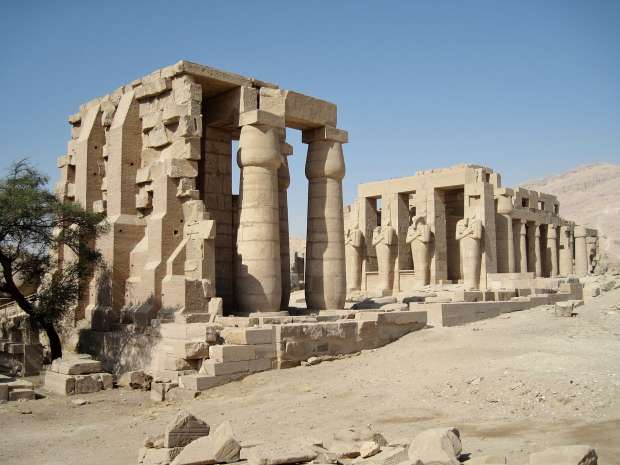
The Egyptian-French archaeological mission led by Christian Leblanc discovered significant remnants of the temple dating back to the 19th and 20th Dynasties. These findings include public kitchens, butcheries, vast storage facilities, and a school that was dedicated to educating the children of the workers.
The Ramesseum was dedicated to the worship of the deity of the earth, ensuring Ramses II’s legacy remained alive after his death. Records indicate that construction of the temple began at the start of Ramses II’s reign and continued for 20 years.
The structure consists of two monumental pylons, each 60 meters wide. Beyond the second courtyard lies a hypostyle hall supported by 48 columns. To the left stood the royal palace, and at the rear of the complex was a colossal statue of the king.
The pylons and exterior walls are adorned with depictions commemorating Ramses II’s military victories, alongside extensive records of his devotion to the gods. Among these depictions is the 1274 BCE Battle of Kadesh, vividly illustrated with scenes of Ramses defeating the fleeing Hittite forces. This battle is also immortalized in the epic Poem of Pentawer, inscribed on the temple’s pylon.
The massive statue of Ramses II, which now only survives as fragments such as the base and torso, originally stood 19 meters tall and weighed over 1,000 tons. It remains one of the largest surviving relics. Additionally, four colossal granite statues of Ramses II, discovered in Tanis in northern Egypt, each stood 28 meters tall.
North of the hypostyle hall, there was a small temple dedicated to the king’s mother and his beloved wife, Nefertari. South of the first courtyard lay the temple palace, surrounded by various auxiliary structures, including workshops and other facilities that were added in the late Roman period.









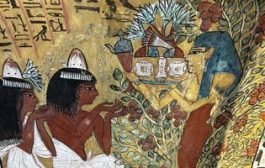


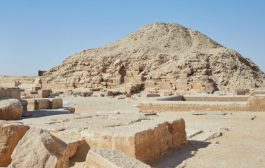













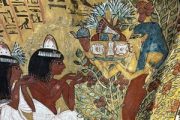


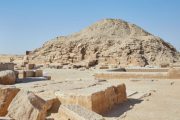
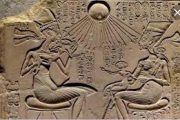










admin in: How the Muslim Brotherhood betrayed Saudi Arabia?
Great article with insight ...
https://www.viagrapascherfr.com/achat-sildenafil-pfizer-tarif/ in: Cross-region cooperation between anti-terrorism agencies needed
Hello there, just became aware of your blog through Google, and found ...